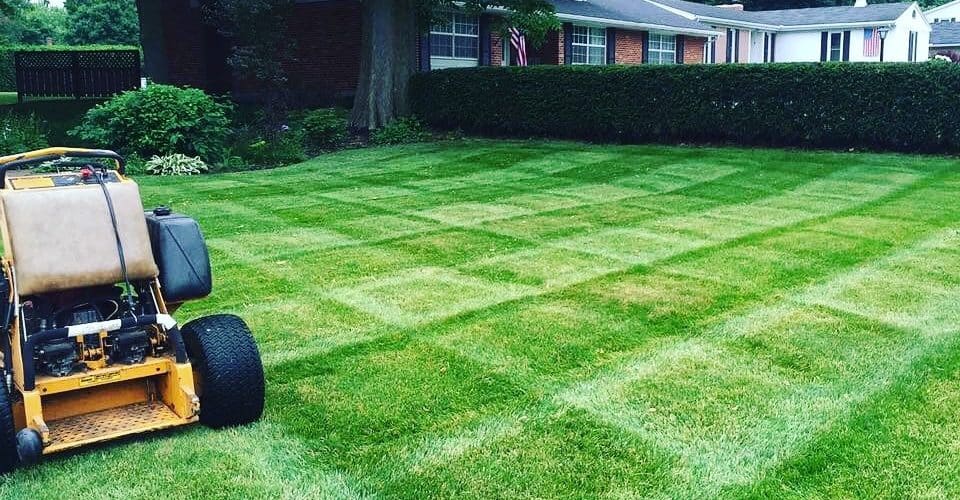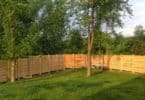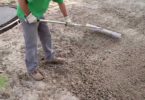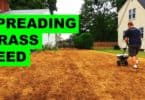Sodding may sometimes be needed in the case of a lawn that is no longer growing due to inclement weather and or damage to the soil from animals and other products. It is an expensive and laboring undertaking to accomplish this task but in the long run, you are going to have the best looking lawn in the city. The following steps below should assist you in going down the right path towards sodding your lawn.
1. Sod can be laid on any soil at any time but yet the conditions need to be essential for getting the best from your new grass. You will have to choose a timeframe when the area is moist so that the roots of the sod plant themselves firmly and do not rot. It’s always best to plant on a pleasant day a few days in advance of a forecasted session of rain.
2. The yard itself needs to be tended to before any sodding can be done. This process of cleaning should be done a few days ahead of the actual laying of the sod All weeds, flowers and excess remains of the previous grass need to be completely removed and a weed killing liquid sprayed onto the soil to kill any living weed roots that may come back at a later point.
3. The entire area of soil would have to be evened out with the use of a treading machine or boots with treads in them. This allows for the sod to lie evenly upon the soil at all points of the yard and also avoids any sod not getting properly laid down and dying over time. This process will probably take a few attempts before you see a level area.
4. Using wooden pegs, mark the soiled area accordingly to verify the height off the ground for the sod as well as the length across the yard. This is important because you are looking for a level sodded area to your liking but you also want to make sure that this new sod does not die out because it is not getting enough nutrients from the soil.
5. Once the pegs have assisted you in leveling your yard, you will make sure that all of the soil and added soil that was needed is leveled out accordingly to your desired height and then a fertilizer would need to be tilled onto the soil accordingly. Most lawn professionals suggest a till in this situation so that you are able to reach a more broad area rather than just throwing the fertilizer seeds with your hand.
6. The first row of your sod should be laid down on an edge of your yard that is straight. If you have a concreted patio or wooded deck that meets the lawn, it is best to use that side and area of the soil as your starting point with the sod. Every roll of sod after that would be laid down accordingly right next to the previous. Do not overlap the sods but rather get the rows as close as possible to each other without touching. Any leftover sod on the roll once you get to the other end of the yard can be cut with a utility knife or yard clippers.
7. Once all the sod has been laid, use a rolling machine to make sure that the sod is firmly planted on the ground and level with no bumps. After the rolling is completed, a schedule will have to be set to make sure that the sod gets watered on a consistent basis so that the roots begin to form as soon as possible into the soil.







